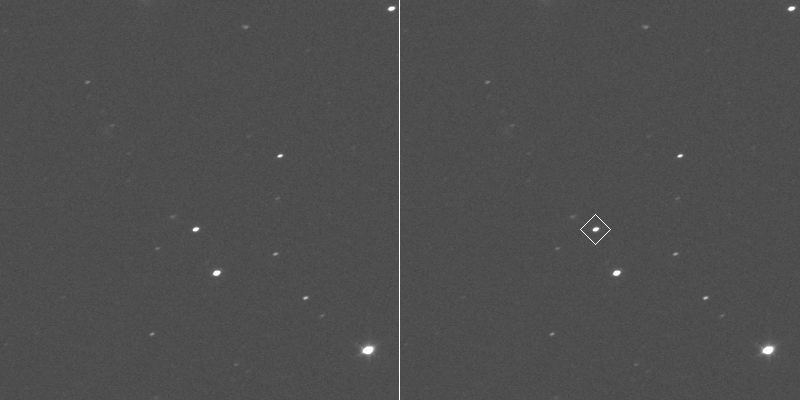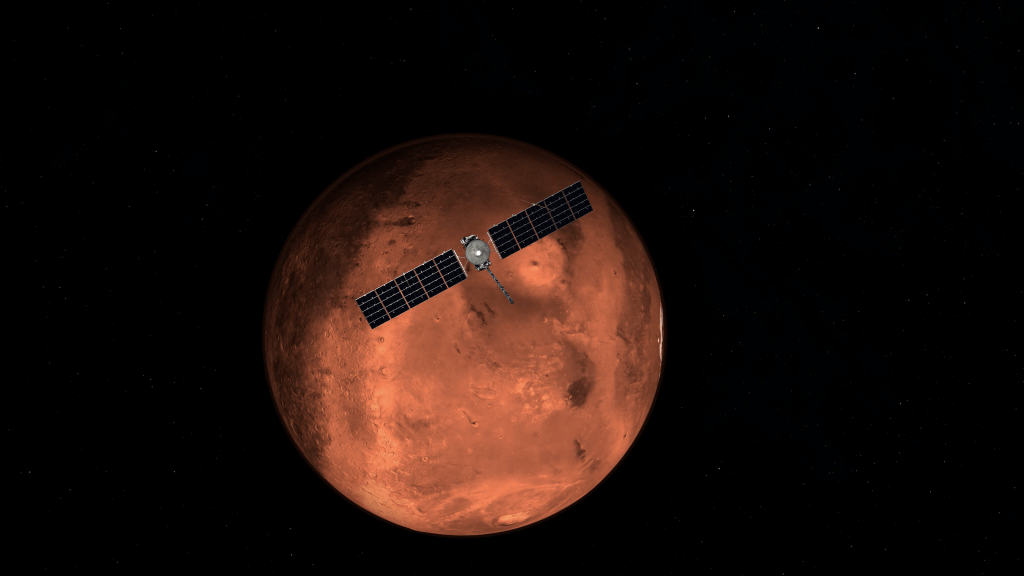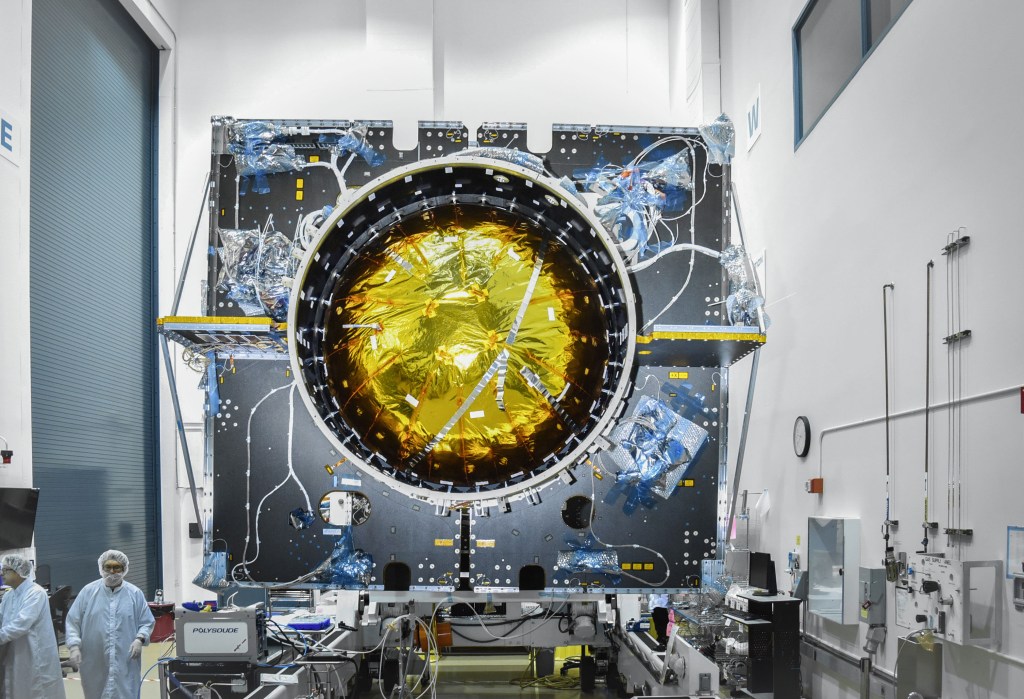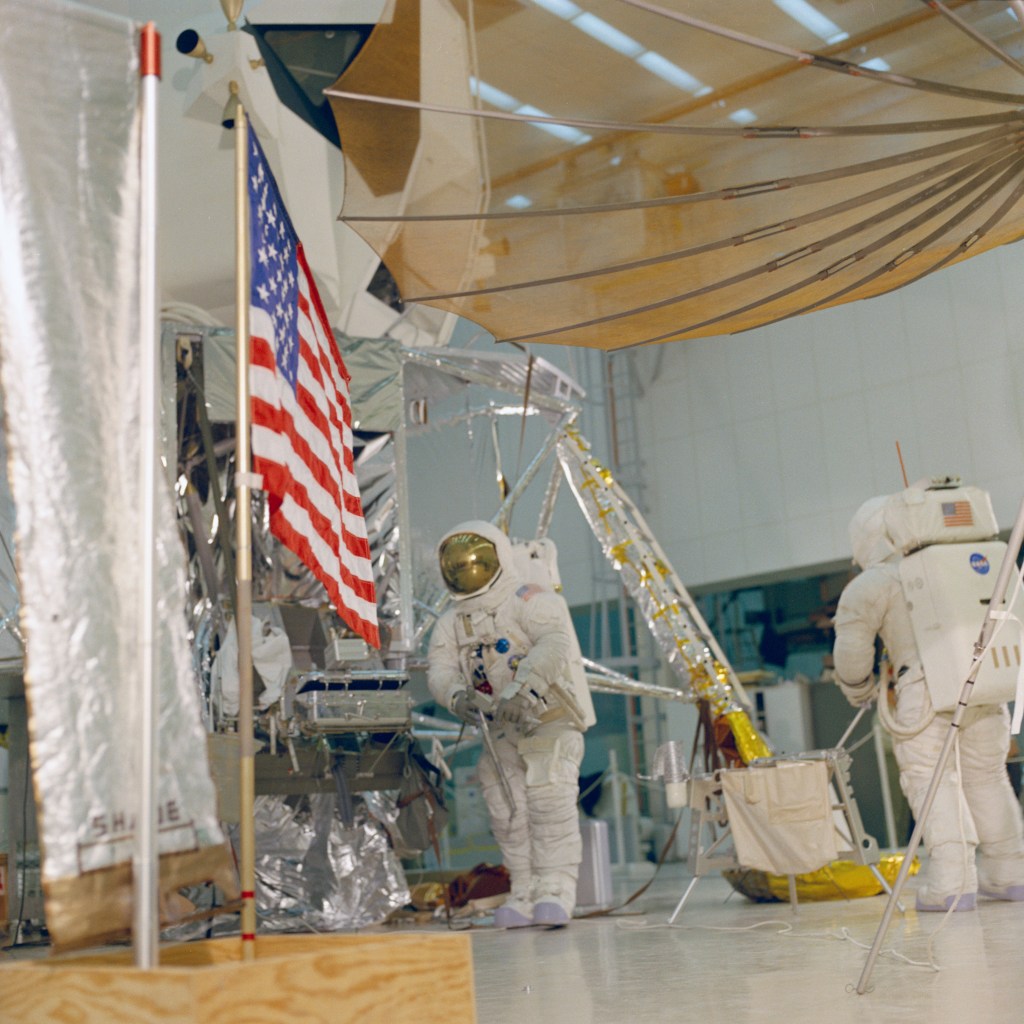Editor’s Note: The agency combined NASA’s Near Earth Network and NASA’s Space Network into NASA’s Near Space Network in October of 2020 to support the commercialization initiative described below. Learn more about that reorganization of Goddard-based network capabilities here. The article below was current as of its original publication date and remains unchanged as a point of reference.
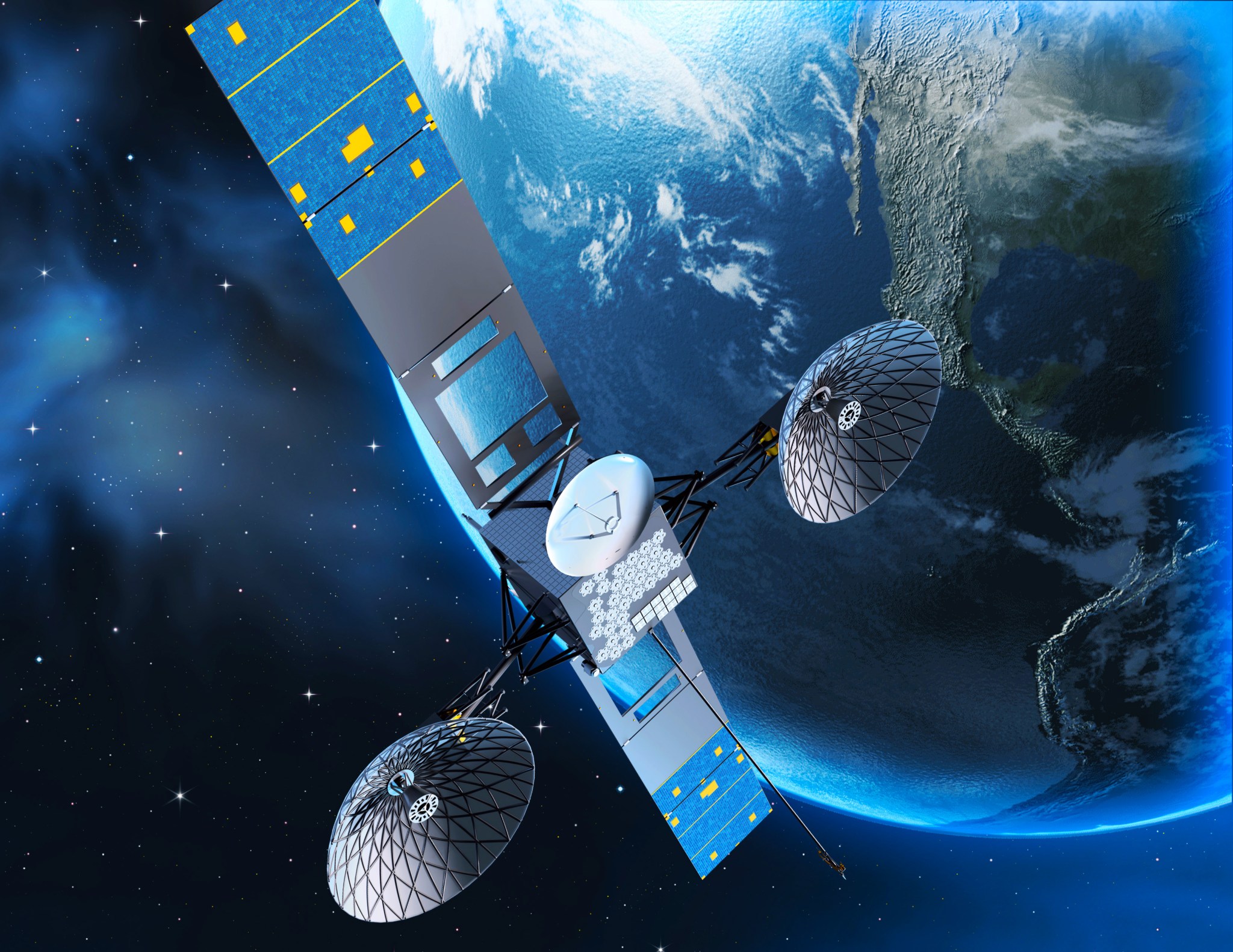
NASA plans to rely primarily on industry-provided communications services for missions close to Earth by 2030. Rather than using government-owned relay satellites and ground stations, NASA’s Space Communications and Navigation (SCaN) program will work with private industry to furnish missions with comprehensive network services.
We are excited by the opportunities this new win/win commercial paradigm in near-Earth orbit may provide NASA and industry."

Badri Younes
Deputy Associate Administrator for SCaN
“We are excited by the opportunities this new win/win commercial paradigm in near-Earth orbit may provide NASA and industry,” said Deputy Associate Administrator for SCaN Badri Younes. “If successful, NASA will be able to move out of routine operations to primarily focus on perfecting transformational space communications and navigation technologies such as optical and quantum, while helping foster a more robust and interoperable space communications marketplace.”
NASA transmits approximately 30 terabytes per day from near-Earth space through two networks based at NASA’s Goddard Space Flight Center in Greenbelt, Maryland. This accounts for about 98 percent of all NASA space data. The Space Network provides relay communications services for launch vehicles and low-Earth orbit spacecraft through a constellation of Tracking and Data Relay Satellites. The Near Earth Network provides direct-to-Earth communications through a global network of NASA and commercial ground stations.
By shifting to commercial communications services, NASA will free up personnel and resources to focus on technology development while bolstering the commercial space economy. This shift may also reduce the overall cost of communications services while enhancing network responsiveness and availability. When NASA becomes just one of many customers in a commercial marketplace, missions can benefit from competitive pricing from an abundance of service providers.
“I envision commercialization will provide an even more robust user experience,” said SCaN Engineering Manager Greg Heckler. “Let’s say there’s breaking science, like a volcanic eruption or a supernova. Scientists will be able to react in real time by re-directing their satellites to cover these phenomena.”
As a first step toward this new model, NASA has released several Requests for Information (RFI) that solicit potential commercial communications vendors. The first pair of RFIs seek commercial direct-to-Earth communications services and lunar communications and navigation relay services as part of the LunaNet architecture, which will support the Artemis missions and a sustained presence at the Moon. A future solicitation for near-Earth communications demonstrations will focus on Earth-relay capabilities similar to those currently provided by NASA’s Space Network.
Additionally, SCaN is hosting a series of industry days to share their goals for the future of space communications services. The first event, “SCaN The Future,” will be held on Oct. 29 at 1 p.m. EDT and will explain how NASA will transition from provider to customer. Future events include an industry day and virtual roadshows hosted by Goddard regarding commercial direct-to-Earth communications resources and another hosted by NASA’s Glenn Research Center in Cleveland focused on space-based relay capabilities.
To learn more about SCaN’s commercialization of near-Earth communications services, register for the event on October 29 by sending an email to scan@nasa.gov with your name, title, company, and email address.
For more on NASA space communications, visit www.nasa.gov/SCaN or follow SCaN on social media.

